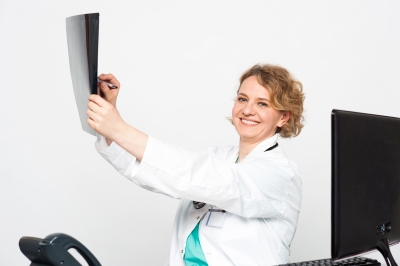sclerotherapy clinic
Can Varicose Veins Be Treated?
Varicose veins are swollen veins due to an abnormal accumulation of blood caused by a weakness, often inherited, on the walls of superficial veins. This weakness tends to cause the veins to stretch and dilate so that blood is readily accumulated when a person stands for long amounts of time. This process usually occurs in the veins of the legs, and women are more likely from suffer it. If you are interested in learning more about varicose veins, continue reading or contact your local sclerotherapy clinic.
Causes
There are three main causes of varicose veins. First, primary varicose veins are congenitally defective valves. The valves are responsible for circulating blood to the heart, so they do not work properly if the blood pools in the vein causing swelling. Thrombophlebitis causes the same effect. In this case, thrombi are clots that hinder blood flow. This situation can occur, for example, after long periods of bed rest. And finally, the third most likely is pregnancy. Luckily, varicose veins that appear during the gestation period are high and tend to disappear between 2 and 3 weeks after delivery.
Symptoms
Among the most common signs is the aesthetic appearance and pain itself, which is manifested in:
Enlarged veins
Ankle swelling
Leg discomfort

Itching in the lower leg and ankle that can result in scratches and bleeding
Importantly, the indicators are worse when these veins are in the developmental stage rather than when they have already formed. Moreover, some people develop complications such as phlebitis, ulcers or dermatitis.
Diagnosis and Treatment
Detecting varicose veins is a simple task since they are seen with the naked eye, but symptoms can appear before varicose veins are visible. If so, your doctor may palpate the leg to determine the nature of the disorder. Your vein clinic doctor may choose radiographs and a duplex ultrasound. The treatment of varicose veins is aimed at relieving symptoms and preventing the disorder in the future since, in principle, they have no cure. In this sense, the patient should avoid standing for a long time, try elevating your legs when resting or sleeping and use elastic stockings. These stockings compress the veins, preventing stretching or injuries from occurring. You can obtain these from the vein clinic.
You may resort to surgery in order to extract the maximum amount of varicose veins. The main drawback is that the procedure leaves scars, besides the fact it does not eliminate the tendency to develop new varicose veins. Sclerotherapy, or injection therapy, is an alternative to surgery, which involves injecting a solution that produces a harmless kind of phlebitis. To learn more about this, visit a Melbourne vein clinic today.